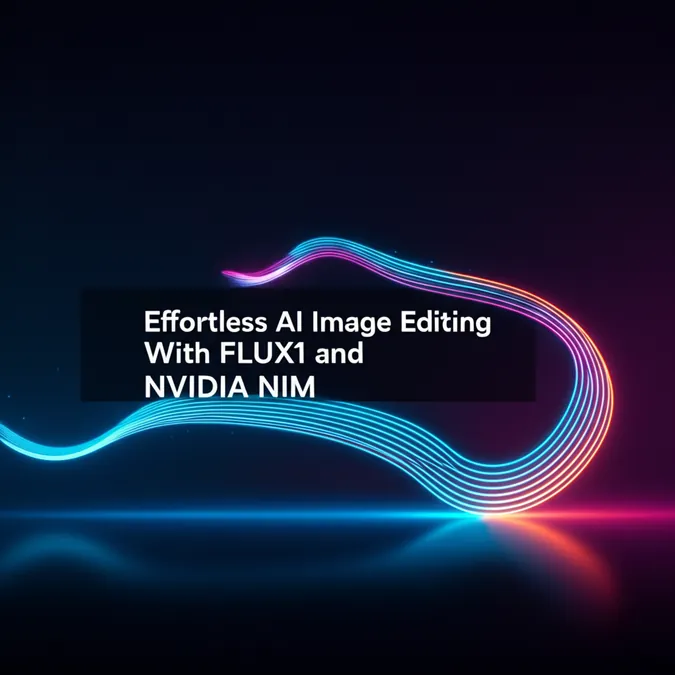Developer Offer
Try ImaginePro API with 50 Free Credits
Build and ship AI-powered visuals with Midjourney, Flux, and more — free credits refresh every month.
Altman Argues AI Images Are Todays Photographs
Altman's Controversial Take on AI and Reality
In a statement that has stirred the pot in both tech and creative circles, OpenAI CEO Sam Altman has equated AI-generated images with traditional photographs. This comparison, which he frames as a simple continuation of technology, has been previously used by tech executives and is being called out as a fundamentally flawed argument.
![]()
As the head of OpenAI, the company behind the widely used ChatGPT and its integrated AI image generator, Altman is a leading voice in artificial intelligence. During a recent interview with journalist Cleo Abram, the conversation turned to a viral AI video of bunnies bouncing on a trampoline—a clip so realistic it tricked countless people.
![]()
This prompted Abram to ask a pressing question for our time: "How do we figure out what’s real and what’s not real?"
Altman responded by suggesting that our definition of "real" will simply shift. "My sense is what’s going to happen is it’s just going to gradually converge," he said.
Are Smartphone Photos and AI Images the Same?
To make his point, Altman used the example of iPhone photos. He pointed to the heavy use of computational photography, where algorithms process and combine image data to create a final picture that looks better than what the sensor alone captured.
"It’s, like, mostly real, but it’s a little not real," Altman argued. "There’s some AI thing running that you don’t understand and making it look a little bit better."
His argument is that since society has accepted these computationally enhanced images as "real," it's only a matter of time before fully AI-generated images are accepted in the same way. He believes "the threshold for how real does it have to be to be considered real will just keep moving."
He even compared AI images to a carefully curated Instagram photo from a vacation. While the photo might have been "literally taken," he explained, it often omits the surrounding reality, like crowds of tourists. Altman claims that media has been trending towards "not real" for a long time, and AI is just the next step on that path.
The Pushback: Why AI Images and Photos Are Fundamentally Different
This line of reasoning didn't sit well with many. On Abram's Instagram page, commenters quickly accused Altman of "gaslighting" and being "unserious" about the distinction.
As outlets like The Verge have pointed out, there is a critical difference between a photograph and a generative AI image. A photo, no matter how processed, begins with photons from the real world hitting a sensor. It is a record of something that actually happened. An AI image, on the other hand, is created entirely from data patterns, with no corresponding event in reality. The bunnies on the trampoline never existed.
This isn't a new defense from the tech industry. Following the controversy over Samsung's AI-enhanced moon photos, a company executive made a similar claim, arguing that there is "no such thing as a real picture." For critics, these arguments are a dangerous oversimplification that erodes trust and ignores the unique challenges posed by synthetic media.
Compare Plans & Pricing
Find the plan that matches your workload and unlock full access to ImaginePro.
| Plan | Price | Highlights |
|---|---|---|
| Standard | $8 / month |
|
| Premium | $20 / month |
|
Need custom terms? Talk to us to tailor credits, rate limits, or deployment options.
View All Pricing Details

